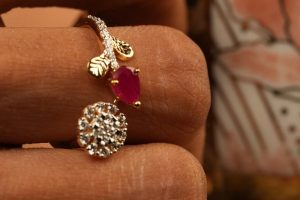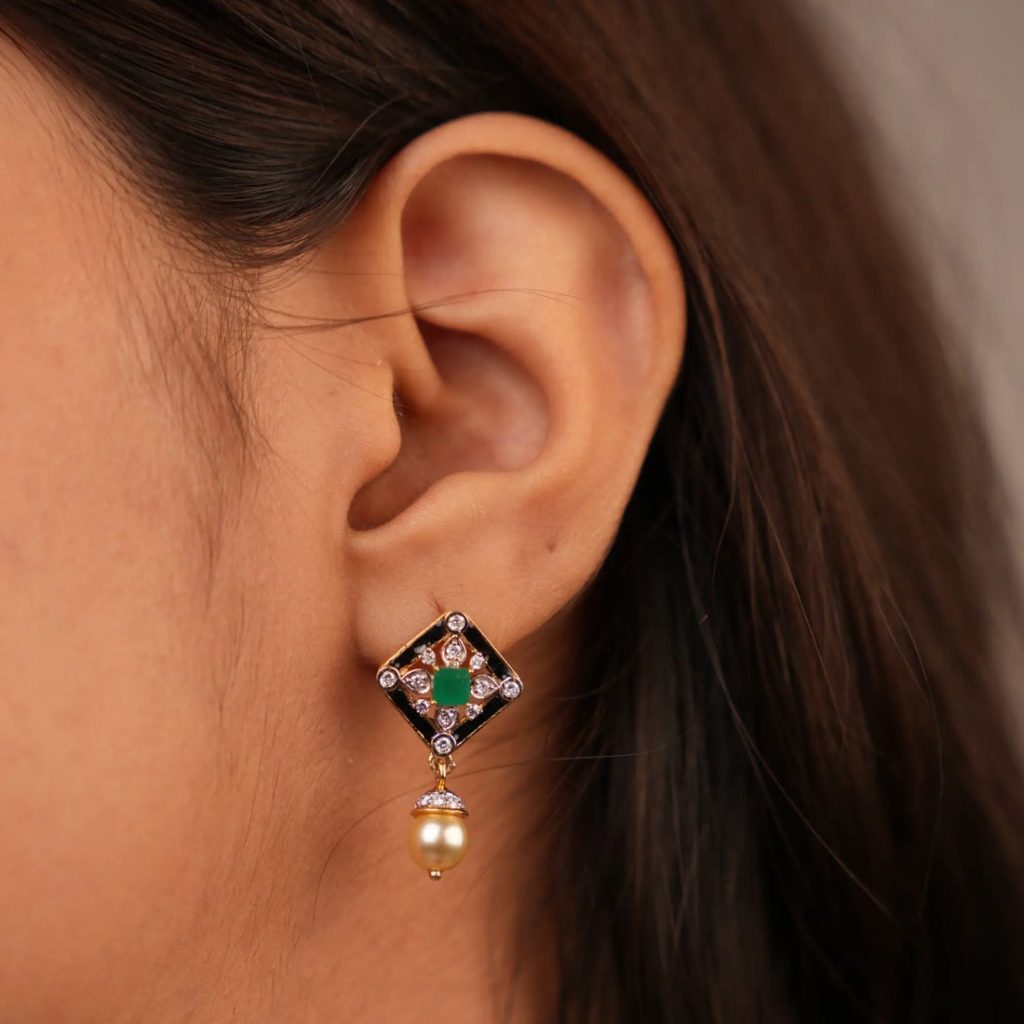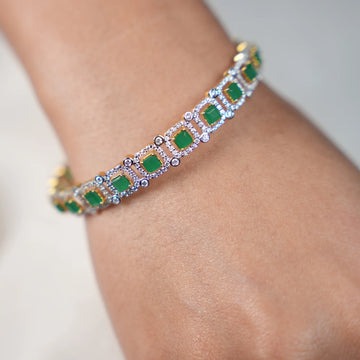How Victorian Era Gems Balanced Beauty and Innovation

The Victorian era, spanning from 1837 to 1901 during Queen Victoria’s reign, marked one of the most remarkable chapters in the history of jewelry. It was a time when craftsmanship and emotion intertwined, creating pieces that carried not just beauty but also deep cultural significance. Gems from this period reflected a blend of romance, symbolism, and innovation, redefining how jewelry was worn and cherished. From intricate designs to the clever use of new techniques, Victorian jewelry continues to fascinate collectors and enthusiasts alike.
Symbolism Woven into Jewelry
One of the defining traits of Victorian-era gems was their heavy use of symbolism. Jewelry became a medium through which people expressed love, grief, friendship, and devotion. Lockets held tiny portraits or locks of hair, while rings featured engraved initials or secret messages. It was during this era that the tradition of sentimental jewelry truly flourished, making each piece far more than a decorative accessory. Pieces like victorian diamond jewellery often carried hidden meanings, making them treasures not only for their sparkle but also for the emotions they preserved.
The Influence of Queen Victoria
Queen Victoria’s personal style had a profound influence on jewelry trends of the era. Her love for romantic motifs, such as hearts, flowers, and serpents, inspired countless designs across Europe. When Prince Albert gifted her a serpent engagement ring, it sparked a wave of serpent-themed jewelry that symbolized eternal love. Later, after his death, her shift to wearing mourning jewelry popularized the use of dark gemstones like jet, onyx, and garnets. Her evolving tastes mirrored societal shifts, showing how personal grief, joy, and sentimentality shaped fashion.
Innovations in Craftsmanship
While Victorian jewelry was steeped in symbolism, it was also a period of technical innovation. Advances in gemstone cutting techniques allowed for more brilliance and precision in jewels. Goldsmiths experimented with repoussé and engraving, creating ornate textures and layered designs. The use of mixed metals, enamel work, and intricate filigree expanded possibilities, making pieces both visually stunning and technically groundbreaking. These innovations elevated jewelry from mere adornments into miniature works of art.
Diversity Across the Eras
The Victorian era is often divided into three distinct phases: the Romantic, the Grand, and the Aesthetic periods. Each phase brought a unique approach to jewelry design. The Romantic period emphasized light, playful motifs inspired by nature and love. The Grand period reflected the somber tone of mourning after Prince Albert’s death, with heavy, dramatic designs. Finally, the Aesthetic period shifted toward simplicity and artistry, celebrating creativity over symbolism. Collectors today treasure pieces from each phase for their distinct character and craftsmanship.
Gems as Statements of Status
During this time, jewelry also became an important marker of social standing. Gemstones like diamonds, emeralds, and rubies were not only admired for their beauty but also as symbols of wealth and influence. Intricate tiaras, brooches, and necklaces adorned women of high society during lavish gatherings. Even middle-class families sought to emulate these styles with more affordable versions. The desire to blend beauty with innovation reflected a broader cultural shift, where jewelry symbolized both personal sentiment and public identity.
Victorian Influence on Modern Jewelry
The legacy of Victorian jewelry is still felt strongly in contemporary design. Jewelers today often draw inspiration from the era’s intricate patterns, romantic motifs, and layered meanings. Modern brides, for example, are drawn to rings that echo vintage settings, appreciating both their beauty and historical connection. Collectors and enthusiasts often seek victorian diamond jewellery not only for its craftsmanship but also for its enduring storytelling quality, which resonates across generations.
Conclusion
Victorian-era gems were more than fashionable ornaments; they were reflections of the times, carrying emotions, innovations, and artistry within their designs. From the symbolic messages woven into their details to the craftsmanship that pushed boundaries, these jewels balanced beauty and innovation in a way that continues to inspire modern jewelry design. Whether admired for their sentimental value, technical mastery, or historical charm, Victorian gems remain timeless treasures that tell the story of an era defined by love, resilience, and creativity.


